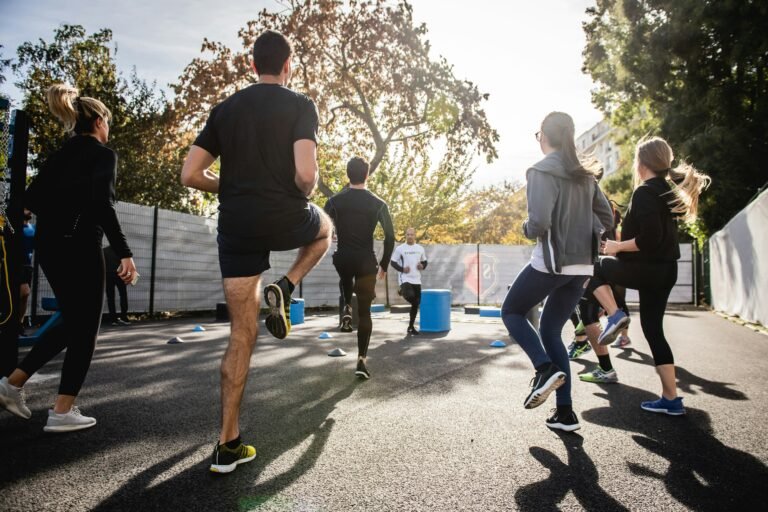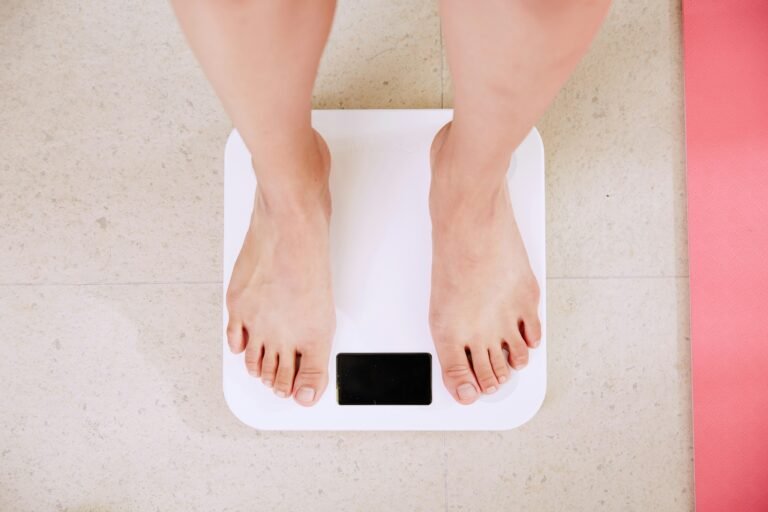Growing your glutes can seem challenging, but with the right approach, it’s achievable. Focus on targeted exercises and proper nutrition to effectively build your glute muscles. By committing to specific workouts and fueling your body with the right foods, you can see real results over time.
The key lies in consistency and understanding how your body responds to exercises like squats, lunges, and hip thrusts. Incorporating these movements into your routine will help you activate and strengthen your glutes.
Ready to transform your workout? Let’s break down the best strategies for achieving the glute development you’re aiming for.

Key Takeaways
- Targeted exercises are essential for glute growth.
- Nutrition plays a vital role in muscle development.
- Consistency in your routine leads to the best results.
Fundamentals of Glute Development
To build stronger and larger glutes, it’s important to understand their anatomy, the benefits of training them, and the principles that promote growth. Focusing on these areas will help you effectively grow your glutes.

Anatomy of the Glutes
Your glutes consist of three main muscles:
- Gluteus Maximus: This is the largest muscle in your body and is responsible for hip extension, external rotation, and abduction of the hip.
- Gluteus Medius: Located on the outer surface of the pelvis, this muscle stabilizes your hips and aids in hip abduction.
- Gluteus Minimus: This is the smallest glute muscle and works with the gluteus medius to stabilize the pelvis and assist in moving your leg away from your body.
Understanding these muscles helps you target them effectively with specific exercises. Each muscle contributes to your glute shape and function during activities like running, jumping, and squatting.
Benefits of Glute Training
Training your glutes provides various benefits:
- Improved Physical Performance: Strong glutes enhance athletic performance. They help with speed, strength, and endurance.
- Injury Prevention: Strong glutes provide stability to your lower back and knees. This can reduce the risk of injuries during other activities.
- Better Posture: Glute training helps maintain proper alignment of your pelvis and spine. Good posture can alleviate discomfort and improve overall function.
- Aesthetic Goals: Many people desire toned glutes for aesthetic reasons. Building muscle in this area can enhance your appearance in fitness goals.
Incorporating glute exercises into your routine can lead to these advantages.
Principles of Hypertrophy
To effectively grow your glutes, follow these key principles:
- Progressive Overload: Gradually increase the weight or resistance in your workouts. This challenges your muscles and leads to growth.
- Volume and Frequency: Aim for multiple sets and reps in each workout. Training your glutes 2-3 times a week optimizes growth.
- Exercise Variety: Include different exercises like squats, deadlifts, and hip thrusts. Variety helps target all parts of the glutes effectively.
- Rest and Recovery: Allow time for your muscles to recover. Rest is crucial for muscle growth and helps prevent overtraining.
Applying these principles consistently will set you on the right path to developing your glutes effectively.
Effective Glute-Building Strategies
To grow your glutes effectively, focus on the right exercises, a solid workout plan, and the principle of progressive overload. These factors will help you strengthen and develop your glute muscles over time.
Optimal Exercise Selection
Choosing the right exercises is crucial for targeting your glutes. Here are some of the best options:
- Squats (traditional and sumo): These exercises activate your glutes while also engaging the legs.
- Deadlifts (conventional and Romanian): Both variations work the glute muscles effectively.
- Hip Thrusts: This exercise isolates the glutes and allows for maximum contraction.
- Lunges (walking or reverse): These help build strength and stability in your glutes.
Incorporating a mix of these exercises will ensure you target the glutes from different angles, promoting growth.

Workout Structure and Frequency
How often and how you structure your workouts matters for glute growth. Aim for at least 2 to 3 sessions per week focusing on glute exercises.
Consider this approach:
- Day 1: Focus on heavy compound lifts like squats and deadlifts.
- Day 2: Emphasize isolation exercises like hip thrusts and lunges.
- Rest days: Adequate recovery is important. Allow at least 48 hours between intense glute workouts.
This structure balances intensity and recovery, preventing overtraining while promoting muscle growth.
Progressive Overload and Tracking
To see gains, you must continually challenge your glute muscles. This is known as progressive overload. Here’s how to apply it:
- Increase weight: Gradually add more weight to your exercises as they become easier.
- Increase reps/sets: Add extra repetitions or sets to your routines.
- Track your progress: Keep a log of your workouts, noting weights, sets, and reps to stay accountable.
By consistently applying these methods, you will push your glutes to grow stronger over time.








